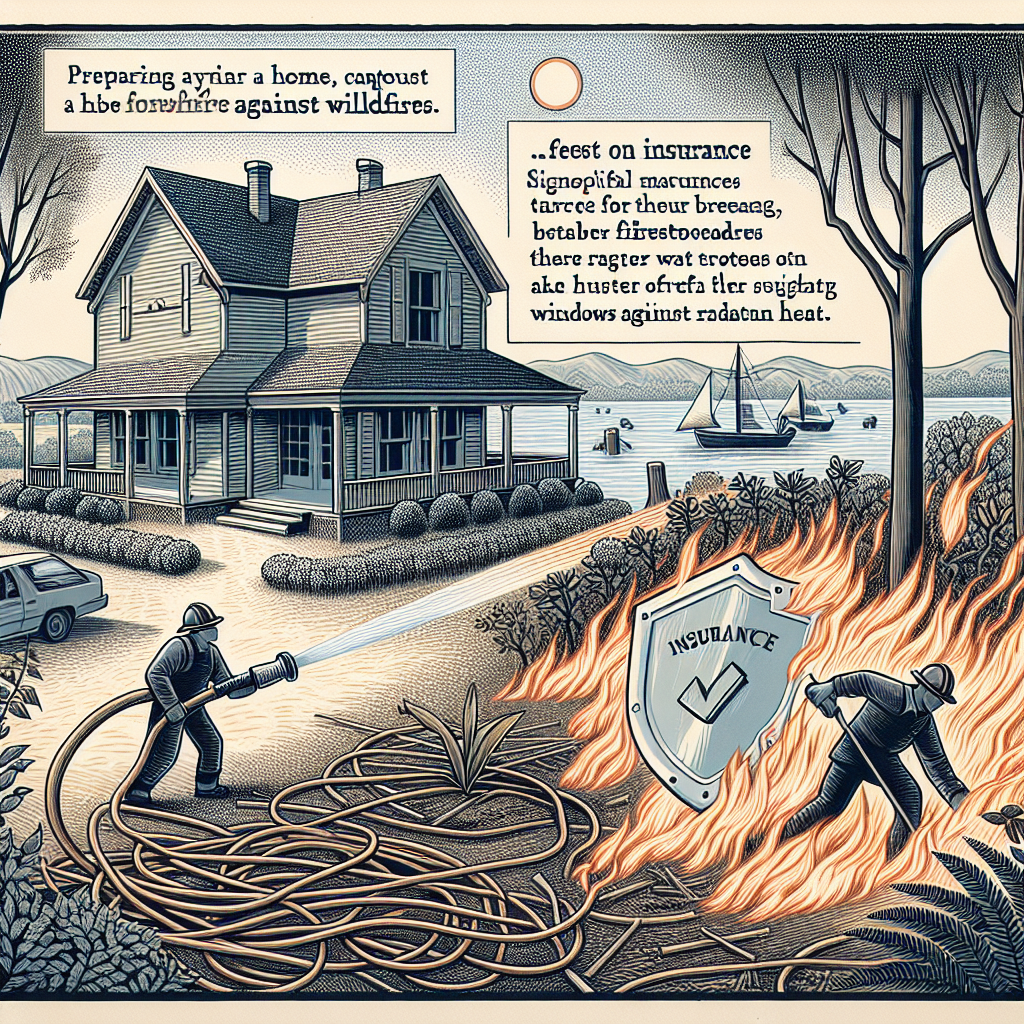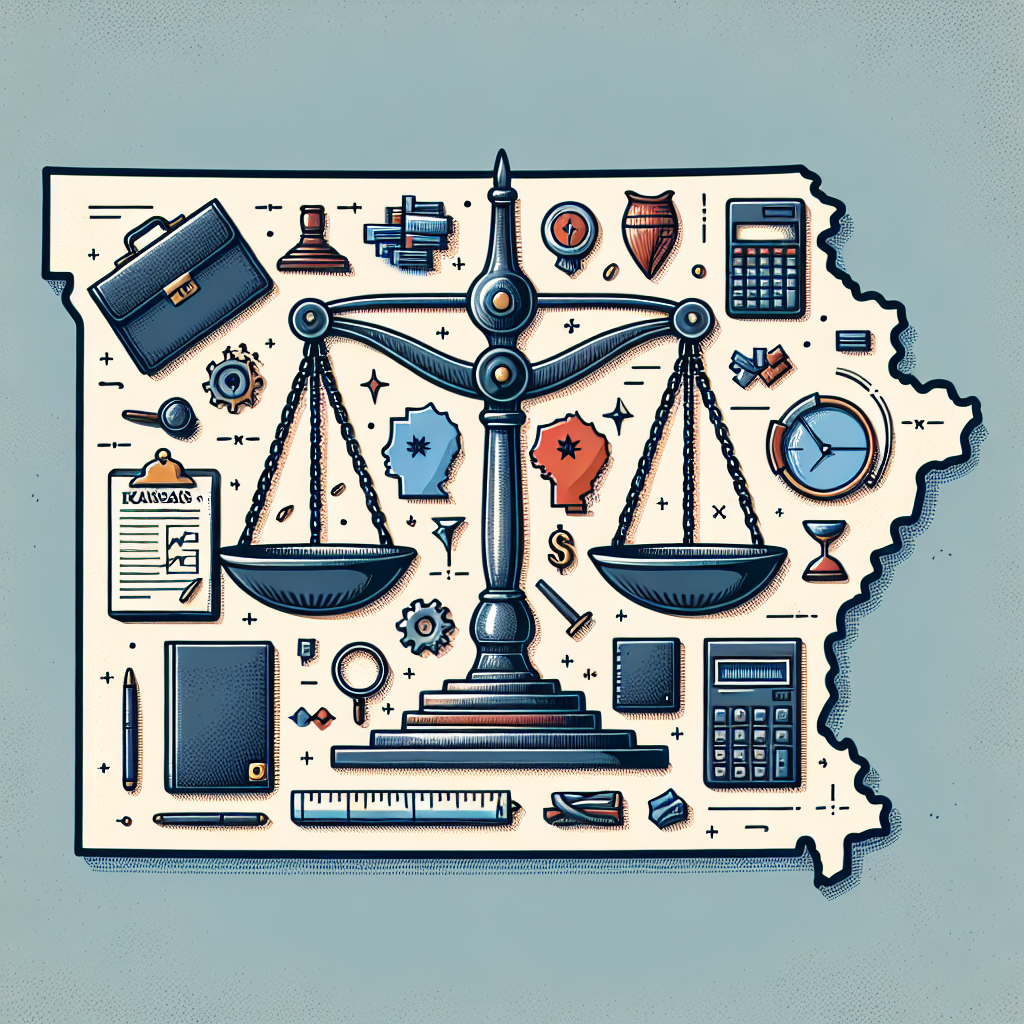Filed under Home Insurance on
Protect Your Home: Wildfire Prep & Insurance Guide

As wildfires grow increasingly prevalent across many regions, safeguarding your home against these natural disasters becomes imperative. Protecting your home from wildfires involves both proactive preparation and understanding the intricacies of insurance coverage. This comprehensive guide provides you with the knowledge and tools necessary to effectively prepare for wildfires and secure appropriate insurance, ensuring your home’s safety and financial protection.
Understanding the Wildfire Threat
Wildfires have become a pressing concern, affecting millions of homes annually. Climate change, coupled with dry conditions and strong winds, has intensified the frequency and ferocity of these fires. Understanding the risks allows you to adopt preventive measures that can help mitigate potential damage to your property.
The Rising Incidence of Wildfires
Yearly, wildfires scorch vast areas, making it crucial to comprehend regional risks. Research shows that areas prone to drought and high temperatures experience more frequent wildfires. Southern California, parts of the Pacific Northwest, and selected regions in Canada are particularly vulnerable. Familiarizing yourself with the wildfire history of your area is an essential first step in wildfire preparation.
Preparing Your Home for Wildfires
Effective wildfire preparation begins with making your home as fire-resistant as possible. Implementing strategic measures can significantly reduce your risk and protect your home from potential damage.
Create Defensible Space
One of the most critical aspects of wildfire preparation is the creation of defensible space around your home. This involves clearing vegetation and combustible materials within a specified radius. Generally, creating a buffer zone of at least 30 to 100 feet around your home can dramatically decrease the likelihood of fire reaching your property.
- Maintain a well-watered and manicured landscape.
- Prune tree limbs within 10 feet of any structure.
- Remove all dead vegetation, leaves, and debris regularly.
- Utilize fire-resistant plants and materials when landscaping.
Home Hardening Techniques
“Home hardening” involves enhancing your home’s resistance to wildfire through strategic upgrades and materials.
- Install fire-resistant roofing and siding.
- Seal gaps in roofs and attics with mesh screens.
- Replace single-pane windows with dual-pane glass.
- Use non-combustible fencing near your home.
Develop an Emergency Preparedness Plan
Preparation extends beyond physical modifications; developing a robust emergency plan ensures your family’s safety during a wildfire event.
Create an Evacuation Plan
Ensure all family members are familiar with evacuation routes. Plan multiple exit paths, and practice these routes regularly. Keep emergency kits packed and easily accessible, containing essentials such as water, non-perishable food, medications, and important documents.
Stay Informed
Set up alerts on your mobile device for local fire warnings and evacuation orders. Reliable information is key to making informed decisions during a crisis. Sources like local government websites and trusted news outlets provide timely updates.
Understanding Wildfire Insurance
While wildfire preparation is crucial, insurance provides the financial safety net needed to recover from potential damage. Here’s how you can ensure your home insurance adequately covers wildfire risk.
Review Your Current Policy
Start by reviewing your existing homeowners’ insurance policy. Pay close attention to coverage limits, exclusions, and deductibles related to fire damage. If wildfires are not included, you may need to adjust your policy to avoid unforeseen expenses.
- Ensure coverage amounts reflect the cost to rebuild your home in current market conditions.
- Consider additional living expenses (ALE) coverage for costs incurred while your home is uninhabitable.
Add Endorsements or Separate Policies
If your policy lacks adequate wildfire coverage, consider endorsements or separate insurance policies. These options increase your financial protection against wildfire damage. Consult your insurer to explore options that best suit your needs.
Tips for Choosing the Right Insurance
Navigating insurance policies can be daunting, but with the right guidance, you can secure optimal coverage for your home against wildfires. Here are some expert tips:
Work with a Local Insurance Agent
Local insurance agents are familiar with regional risks and can offer tailored advice to suit your wildfire coverage needs. Their expertise ensures you receive personalized service and adequate protection.
Compare Multiple Quotes
Don’t settle for the first offer you receive. Comparing quotes from multiple insurers provides a clearer picture of your options. Look for providers with comprehensive policies and competitive premiums to ensure you receive the best value.
Understand Policy Terms
Read and understand all policy terms and conditions. Familiarizing yourself with insurance jargon ensures you’re fully aware of your coverage and any potential loopholes. Ask your agent to clarify any uncertainties.
Wildfire Recovery Tips
Experiencing a wildfire can be traumatic. Knowing the right steps to take afterward can hasten recovery and help you return to normalcy.
Document Damage Thoroughly
After a wildfire, document any damage with photos and detailed notes. This evidence is pivotal when filing an insurance claim. Start the claims process as soon as possible to expedite financial recovery.
Consult Professionals
Restoration experts can accurately assess and repair damage, ensuring your home is safe and habitable. Collaboration with professionals guarantees repairs comply with current building codes and safety standards.
Conclusion
Wildfire preparation and insurance are integral to protecting your home from natural disasters. By understanding wildfire risks, implementing preventative measures, and securing comprehensive insurance, you can face wildfire threats with confidence and peace of mind. Stay proactive, informed, and prepared to safeguard your home and loved ones effectively.





